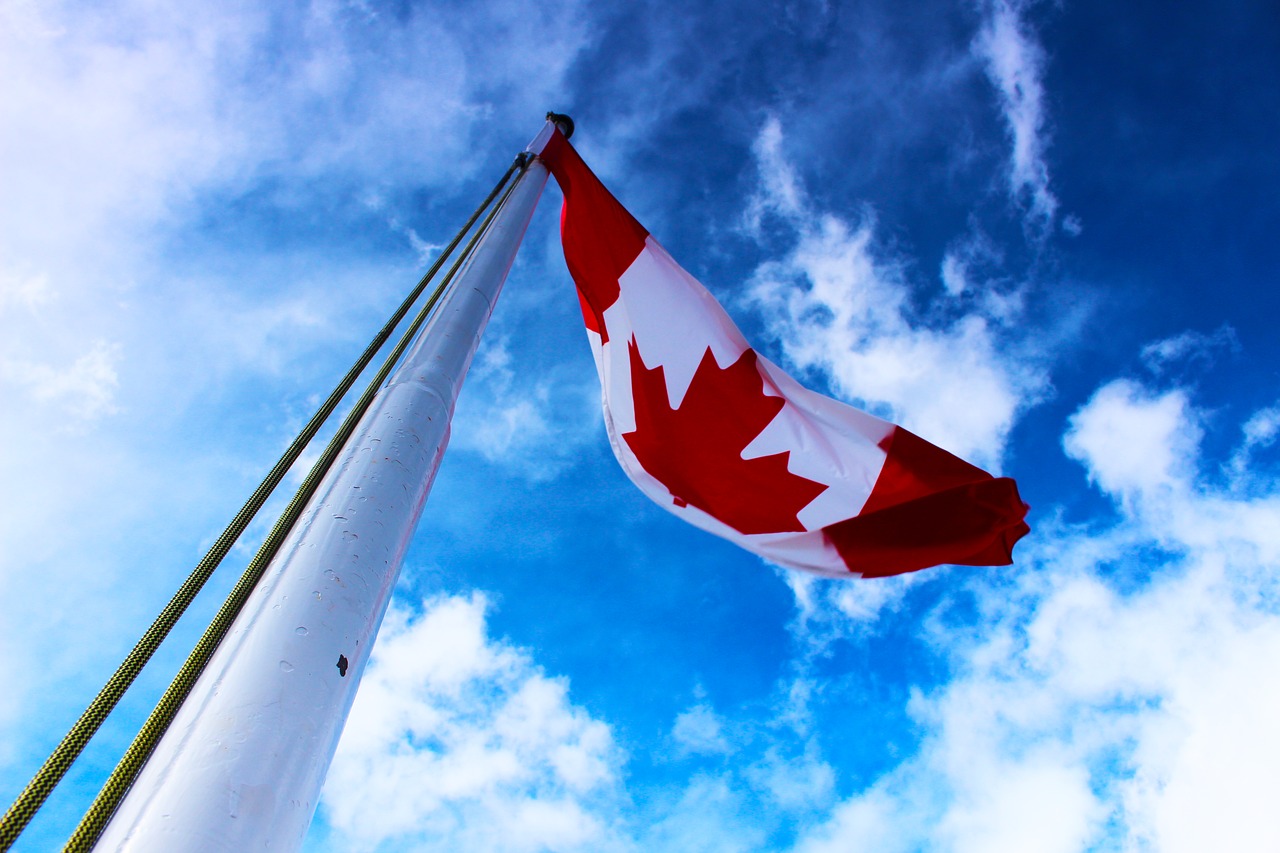Canada – With electrification, clean and renewable energy, and grid infrastructure modernization, the Canadian government intends to create a low-carbon economy.
The Institut de l’énergie Trottier at Polytechnique Montréal, as well as their partner organizations, the Institute for Integrated Energy Systems at University of Victoria and the School of Public Policy at University of Calgary, have received nearly $5 million from the government to establish the Energy Modelling Hub, which will aid in the development of a decarbonized energy system for Canada.
The new Hub will bring together a national network of energy and electricity modellers, policymakers, and other experts to help guide the transformation of complex energy systems by providing evidence-based insights and solutions made in Canada. Linking modellers and policymakers across Canada will help close the gap between data and policy, ensuring that modeling activities inform responses to the most pressing energy policy issues.
Net-zero transition
Natural Resources Canada’s Smart Renewables and Electrification Pathways Program (SREPs), a four-year, $964-million program that supports smart renewable energy and electrical grid modernization projects, is funding this project. This program will reduce greenhouse gas emissions significantly by enabling increased renewable energy capacity that will provide essential grid services while also supporting Canada’s ongoing transition to a net-zero economy by 2050 and its commitment to achieve a 100 percent net-zero–emitting electricity system by 2035.
Canada committed to investing an additional $600 million in the SREPs program over the next five years in Budget 2022 to continue to support renewable energy and grid modernization projects.





